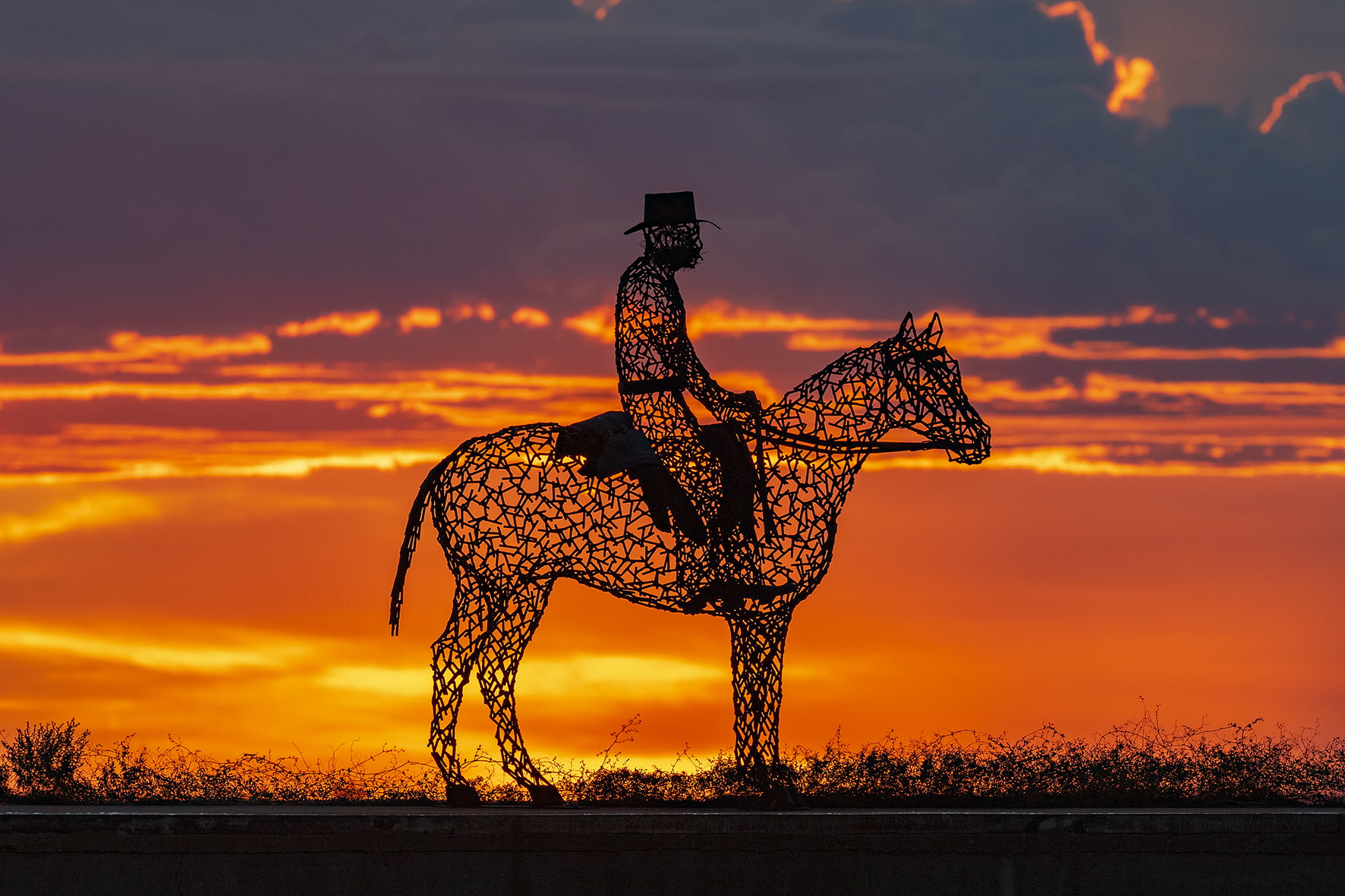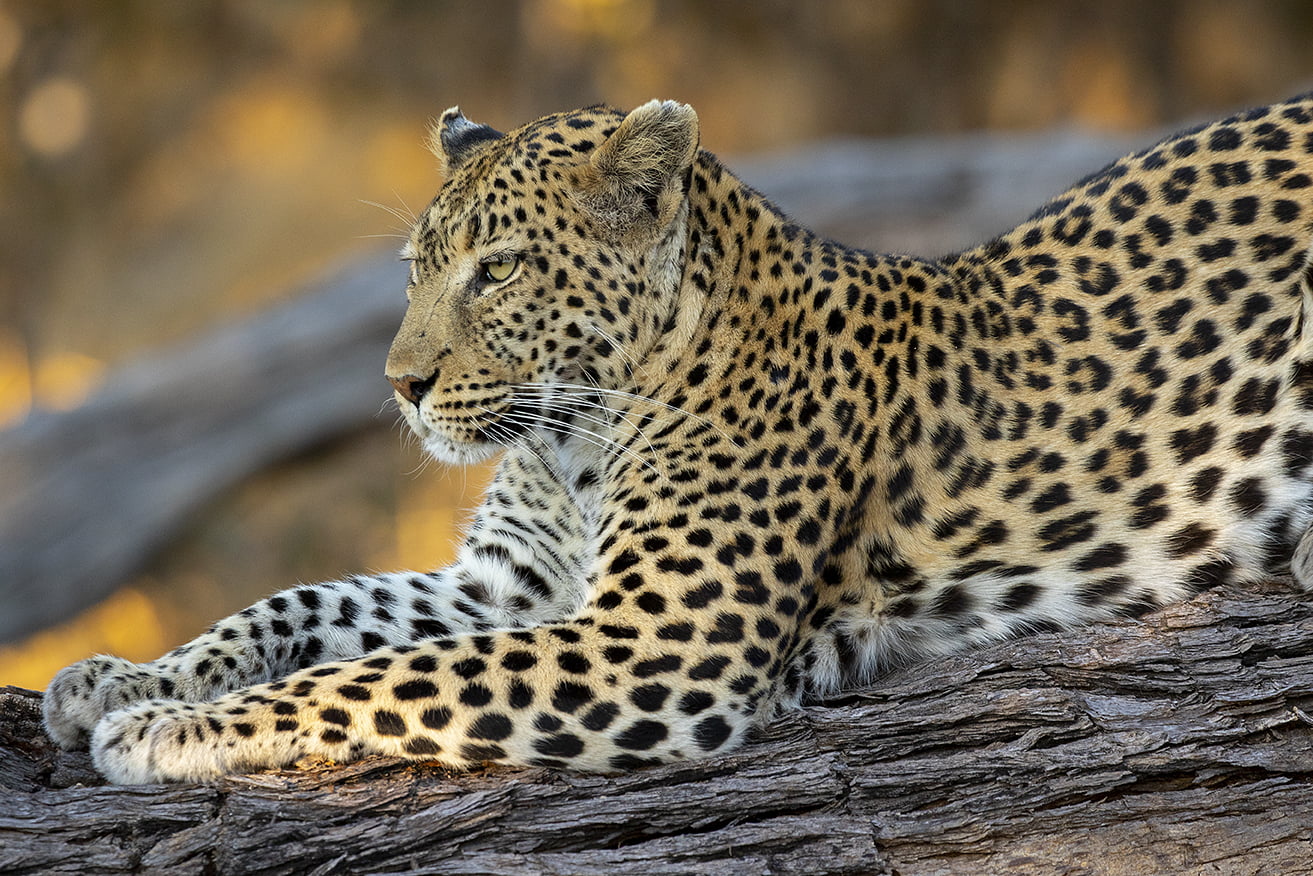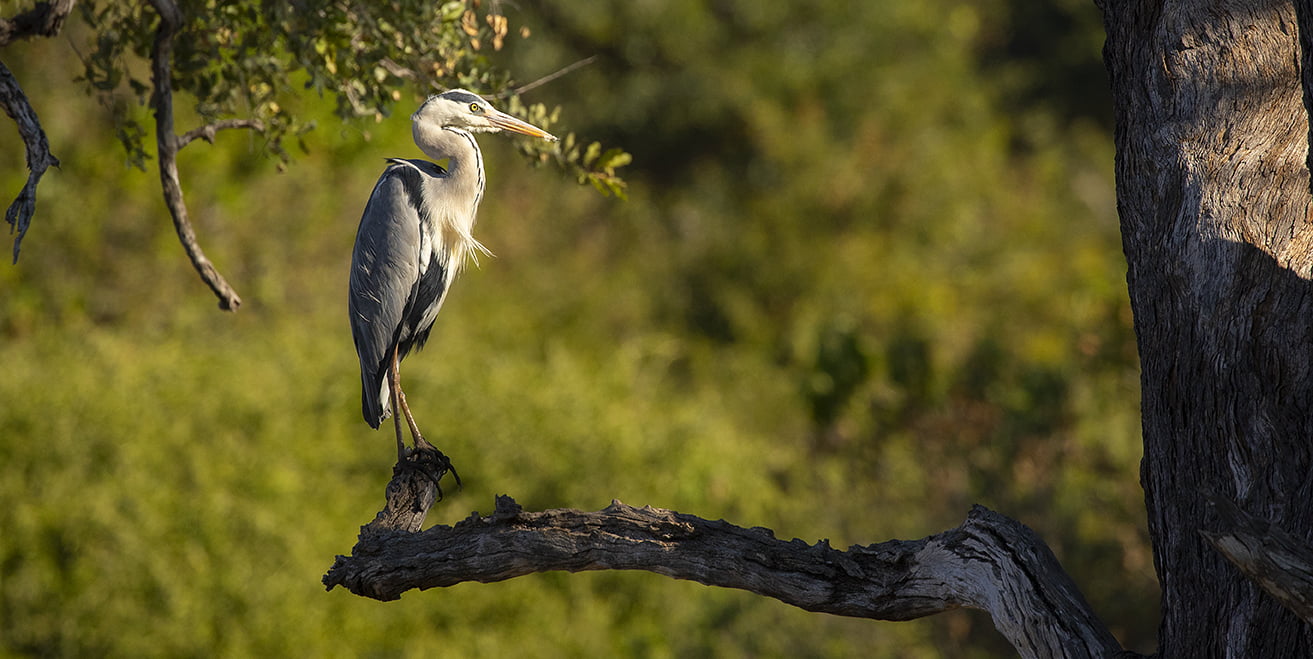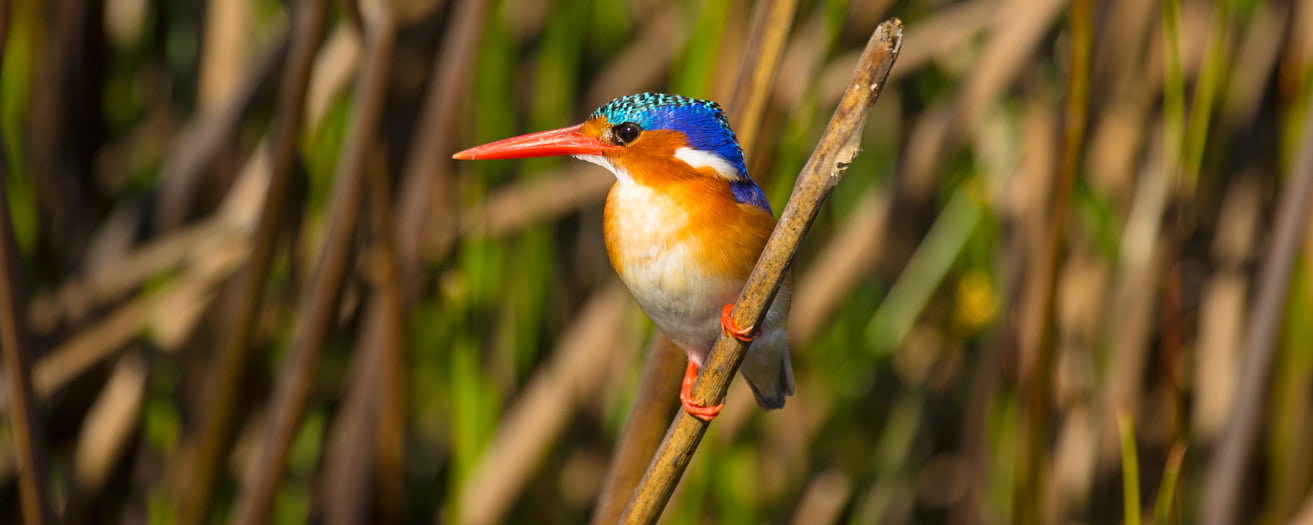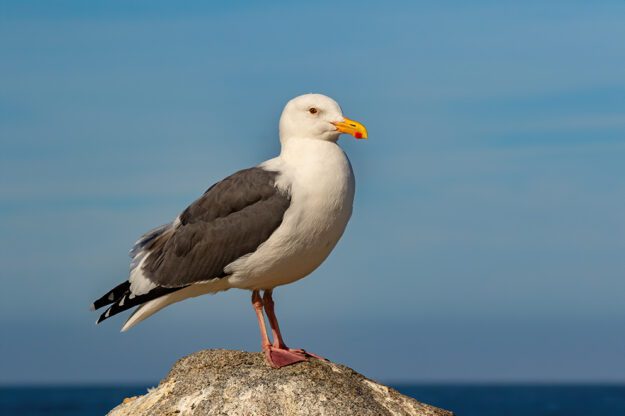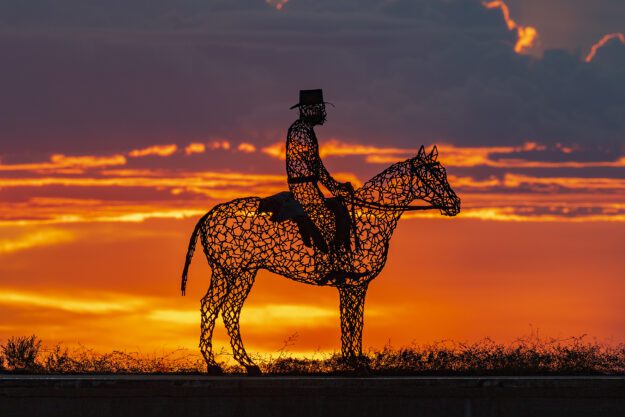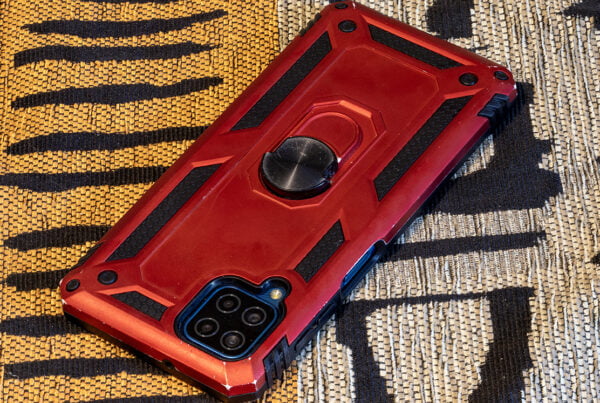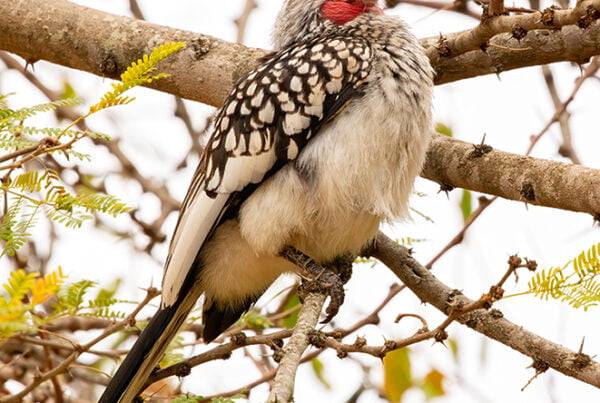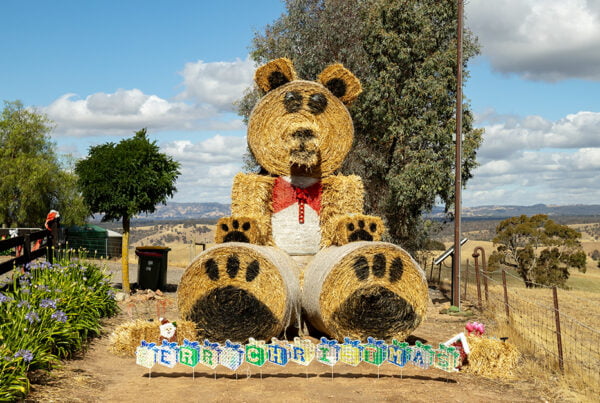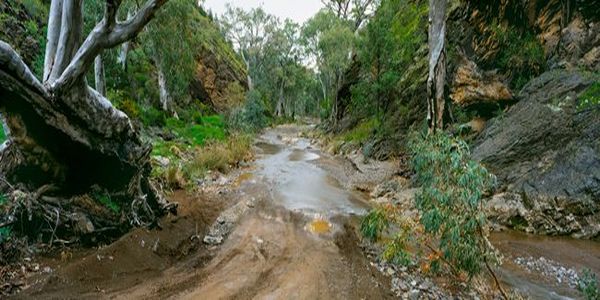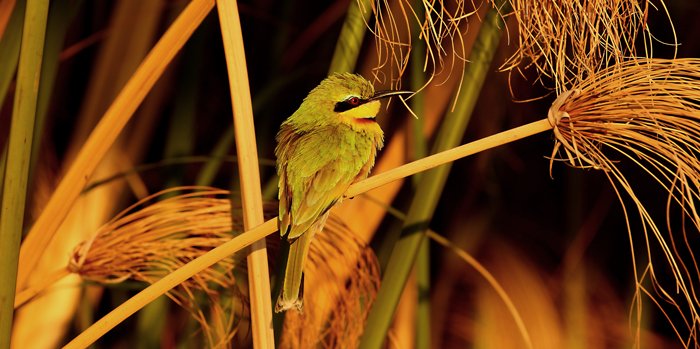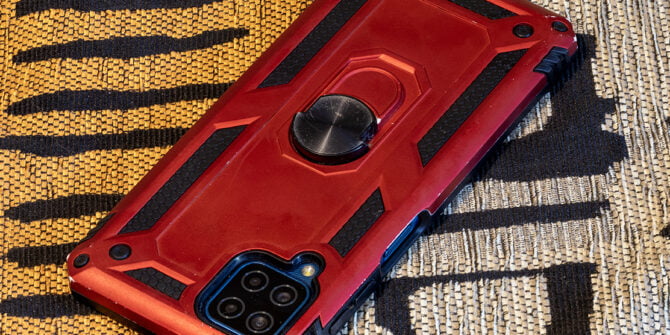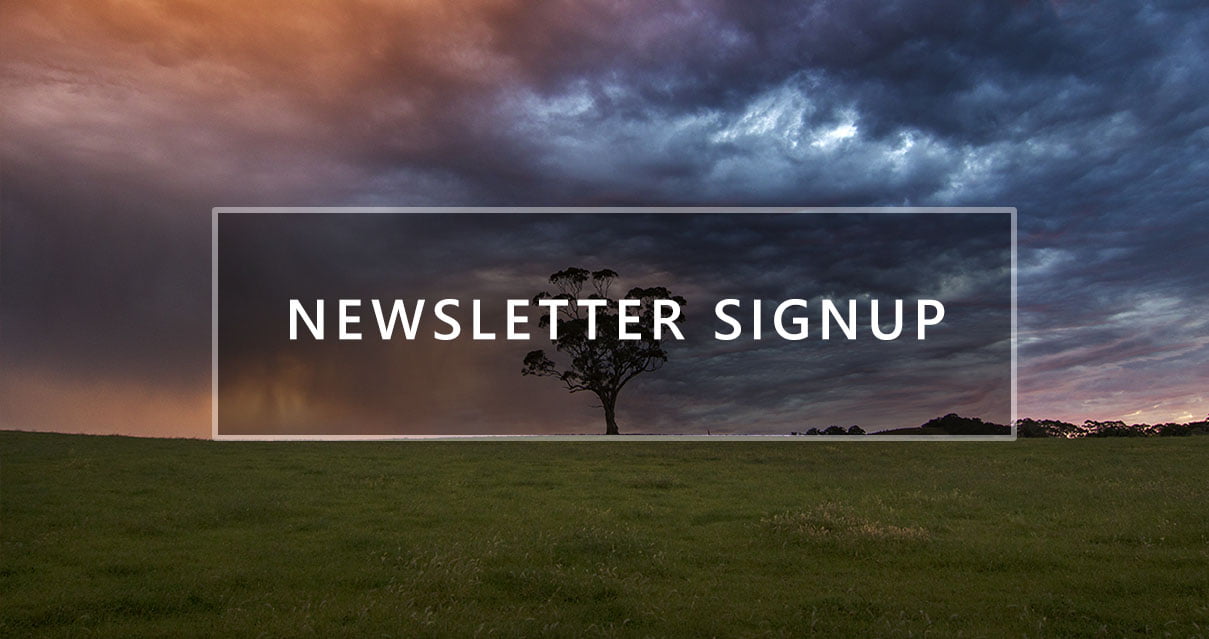Eye Level And Ground Level Can Be The Same Thing – How Can This Be?
Angle is everything in photography along with light and your composition. Getting low and taking a shot from ground level is always effective . Why is it effective? Simple answer , its not done very often and so when you see a shot like that, it makes an immediate impression. Most of the shots that we see that people have taken are in the standing position. There is nothing wrong with these shots but to have a greater impact on your viewing audience, getting at ground level is most effective.
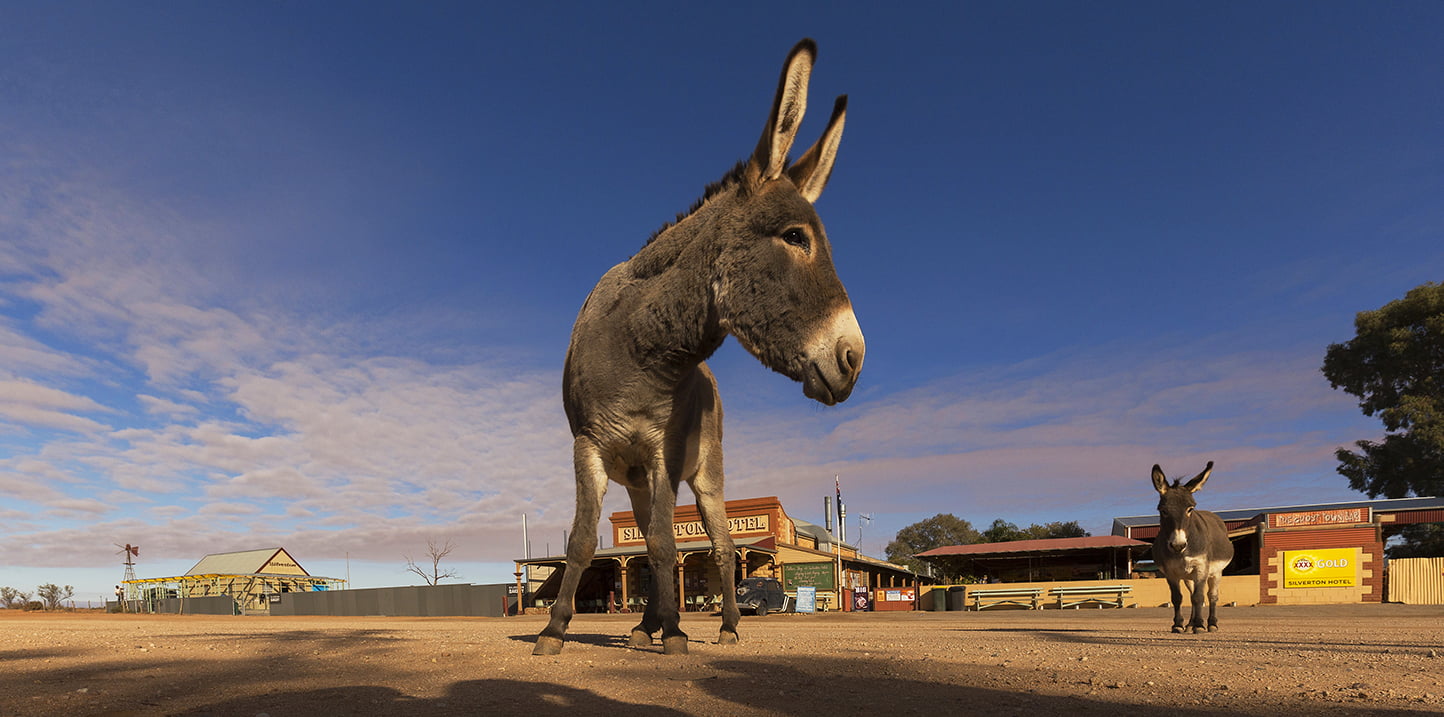 The older we get, there comes a time when we can’t get low, we can’t get the body down, or if we do get on the ground level, it becomes a challenge to get up again.
The older we get, there comes a time when we can’t get low, we can’t get the body down, or if we do get on the ground level, it becomes a challenge to get up again.
If you want to create the same effect as you have taken the shot at ground level or near ground level to get eye level view, how can this be achieved?
Eye level and ground level can be the same thing. How can that be you might ask?
Ground level we know is getting on the ground and shooting your subject from that point of view.Eye level is standing up and taking your shot. How can these two aspect deliver the same results as if you are on the ground or close to it.
 The above picture of the elephant is an example of that. Clearly Vicki wasn’t lying on the ground taking this shot. If Vicki was on the ground, there would have been a high risk that she would have been squashed.Clearly those risks are not taken.
The above picture of the elephant is an example of that. Clearly Vicki wasn’t lying on the ground taking this shot. If Vicki was on the ground, there would have been a high risk that she would have been squashed.Clearly those risks are not taken.
The answer is simple. You can be standing in a hole, down a ditch, down a creek bed and as you look to take your picture , if there is an animal or bird in front of you , you are at their ground level. You get the ground level by being lower than the ground that your subject is on .You don’t even have to get down on the ground. The effect of ground level and eye view is engaging and adds another dimension to your photographs.
With the Elephant shot, the safari 4WD was in a slight hole which was perfect as it gave us and others the effect as if you are at ground level.We were low and completely safe.
In the case of the leopard, the shot was taken from the seat of the safari 4WD and the leopard is sitting on a large tree bow. This gives the impression that we are ground level and eye level with the leopard.
The heron in this picture was taken from a hide. The hide was sunken and the tree branch was at eye level. Looking at the eye of the heron you can see we are at the same level as the bird.
With the kangaroo shot it looks like I’m low to the ground but in actual fact I’m on a slop of a small hill.I’m standing up and I’m lower than the kangaroo.
With the bird, we were all on a the boat , that slowly drifted close to the bird, not a sound was made and as the picture shows , we are at eye level to the Malachite Kingfisher. This is the smallest kingfisher in the kingfisher family found in Africa.It is so tiny and to almost fill the frame it shows you how close we were able to get.
Being aware of this you’ll be amazed how many opportunities that will open up to you where there is a dip of some kind where you can create the ground level look and eye level look .When you can do this, it saves getting low on the ground. Of course if you are young and fit then getting low on the ground is not an issue.
When photographing wildlife, things are always unpredictable and some shots can just happen, others are a result of patience.Then there is the shot that you can see in your head and you’re hoping for it to happen but it may not be there at the start .You require the wildlife to move or turn its head to be in the right position for you to click what you can see in your head before the shot is taken.
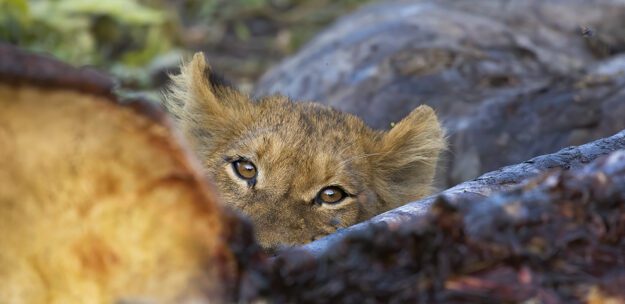 In the above shot there was a pride of lions eating the remains of a Rhino and this cub was in perfect eye view for myself. It wasn’t looking at me, its head was down and I thought to myself ,” wouldn’t it be great if this cub looked up.’I could visualise the shot before it was taken and I knew how I was framing the shot before it was taken.
In the above shot there was a pride of lions eating the remains of a Rhino and this cub was in perfect eye view for myself. It wasn’t looking at me, its head was down and I thought to myself ,” wouldn’t it be great if this cub looked up.’I could visualise the shot before it was taken and I knew how I was framing the shot before it was taken.I stayed focused on the scene and then after waiting what seemed a like a life time but in reality was more like 2-3 minutes, the cub raised it head.It had a look and then went back down. The head raised was only for seconds, but when you take the shot, you freeze it for a lifetime.
The key is to be able to see the shot before it happens and decide if it is worth waiting for.

